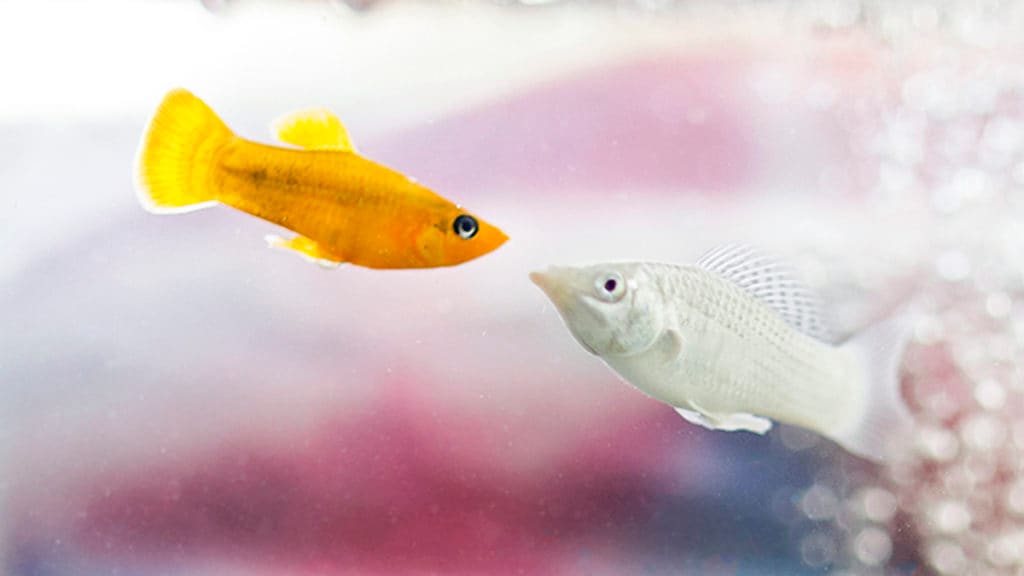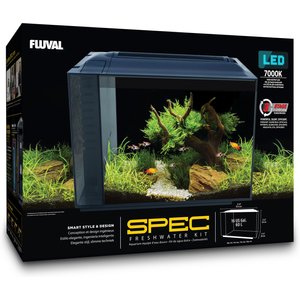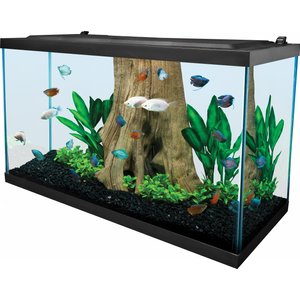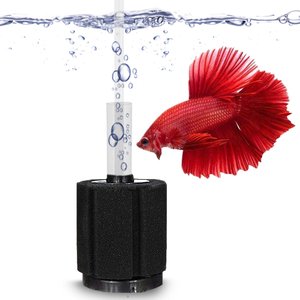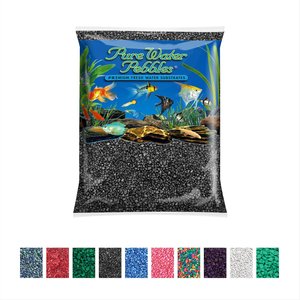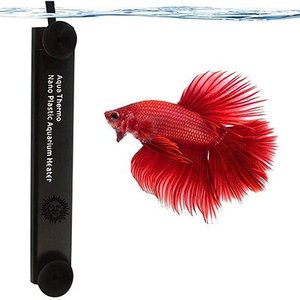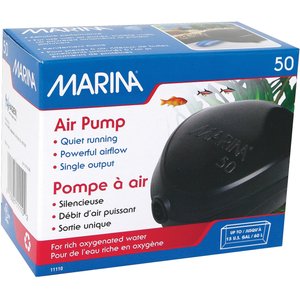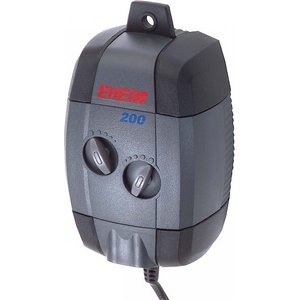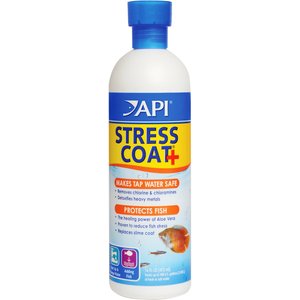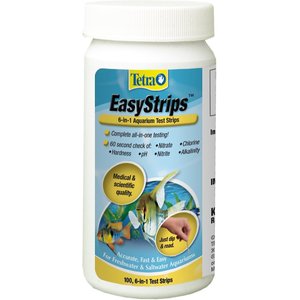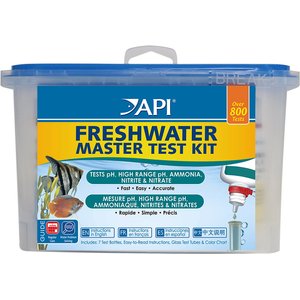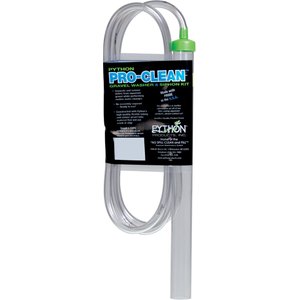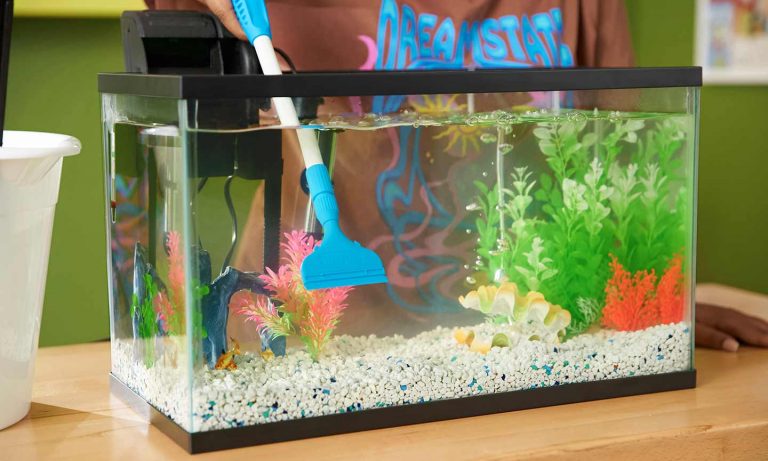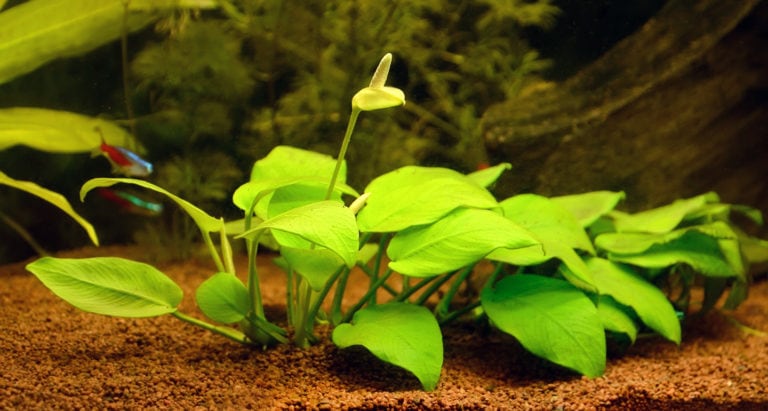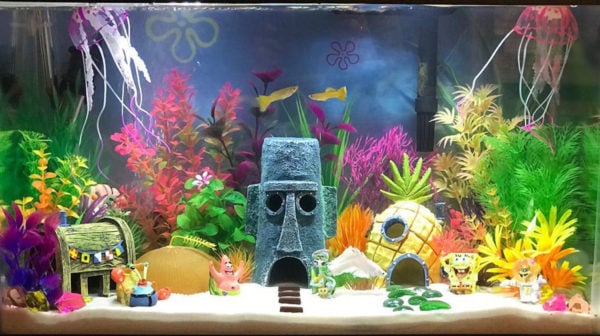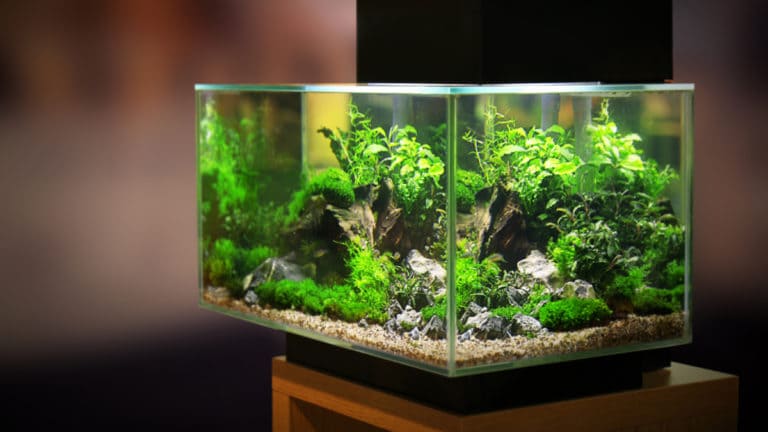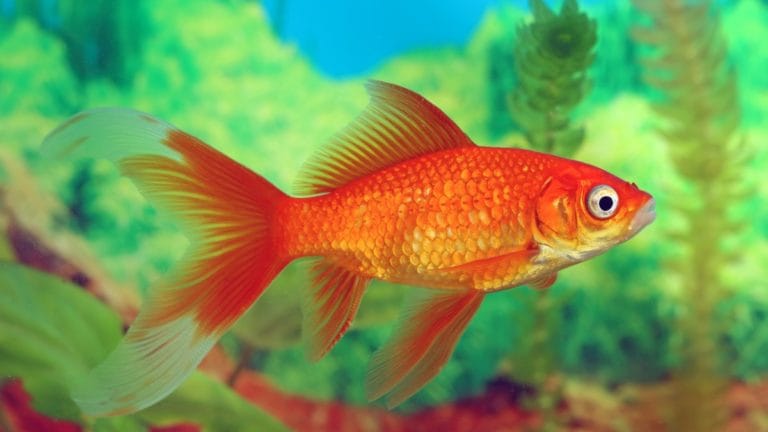Setting up a new freshwater fish tank can be exciting, and the possibilities for creating a beautiful aquatic ecosystem in your home or office are nearly endless. Don’t let the myriad options for aquarium supplies overwhelm or discourage you.
Navigating the prospects can be confusing, but the whole process is much simpler once you know the basics. This checklist will help make sure you have all the necessary supplies for a fish tank.
Freshwater vs. Saltwater Tanks
It’s typically recommended that beginners opt for a freshwater fish tank over a saltwater fish tank for a couple reasons.
In general, saltwater tanks are expensive. They require a different set of specialized equipment, like protein skimmers, artificial salt, supplements, higher powered lighting, additional water additives, and more. The fish and invertebrates (including coral) are also more pricey. For saltwater tanks, you should expect to pay about five times the cost of setting up a freshwater tank.
Besides expenses, freshwater tanks are easier to maintain. Saltwater fish can’t tolerate changes in water quality as well as freshwater fish, which means there’s little room for error. You’ll also need to understand special saltwater tank requirements like the proper salinity levels and coral care (if you have those).
If you’re determined to start with a saltwater tank, though, it can certainly be done with time, research and budget. Get advice on setting up a saltwater tank here.
Basic Aquarium Supplies for a Freshwater Fish Tank
To keep it simple for beginners, we’ll explore everything that’s needed to set up a freshwater fish tank for the first time.
Keep in mind these supplies should be purchased way before bring your new aquarium fish home. The biological filter needs at least a month to get established and ready to process the waste your fish will produce, so that they don’t make themselves sick. When you do add fish, add them slowly (one or a small number at a time) so you don’t overwhelm your filter.
Fish tank
You’ll need a fish tank to get started.
You can purchase a fish tank that’s made of either glass or acrylic. Glass tanks are scratch-resistant, sturdy and easy to watch your fish through, but they can be heavy. Acrylic tanks are more durable and insulated, but they’re prone to scratching and can be more expensive.
When it comes to size, the bigger the tank, the better, but aim for a tank that’s at least 16 gallons for freshwater fish. A betta fish would fare well in a smaller tank; about 5 gallons should be the minimum.
You’ll also need an aquarium stand and a lid to cover the tank. Fish tanks can be heavy (especially glass), so make sure the stand is sturdy enough to hold the weight of your tank.
Aquarium filter
In addition to generating essential water movement, an aquarium filter provides your water with three important types of filtration, each one offering important benefits:
- Mechanical filtration: This happens when the water passes through a fish tank filter pad. It’s designed to trap debris.
- Chemical filtration: This occurs as the water flows through activated carbon, which removes toxins.
- Biological filtration: This occurs as the water comes in contact with a medium that’s colonized by healthy, nitrifying bacteria. It breaks down ammonia and makes the tank water safe for your freshwater fish.
The ideal filter will largely depend on the size of your tank. For larger tanks, canister filters are a good option. Hang-on filters (aka power filters) are best for medium-small tanks, and sponge filters are good for small tanks such as a single betta enclosure.
Substrate
Fish tank substrate (material that rests on the aquarium’s bottom) doesn’t just look good—it’s also functional. In its simplest form, the substrate on the bottom of your fish tank offers another surface for good bacteria to grow. If you plan to grow aquarium plants that require covered roots, you’ll need the proper substrate for this as well.
Polished gravel is a good option for many freshwater aquariums. You can also opt for bioactive substrate (like this planted aquarium substrate), which acts as a habitat for “good” bacteria and invertebrates. This can be a great way to jumpstart plant growth if you’re planning to keep live plants for aquascaping in your tank.
Aquarium lighting
There are loads of aquarium lighting options for fish tanks, and they vary in size, price and appearance. Options include:
- Incandescent
- Various fluorescent (e.g. standard, compact and high output)
- Metal halide
- Light Emitting Diode (LED) bulbs
While LED lights are a larger initial investment, they tend to last much longer than traditional compact fluorescent (CF) bulbs. LED aquarium lighting also generate less heat than other bulbs and use minimal energy.
As with the substrate, figure out what works for your overall tank appearance and your wallet. Learn more about the different types and recommended usage.
Temporarily out of stock
Temporarily out of stock
Aquarium heater
Most pet fish are tropical fish and are normally kept at a water temperature of 75-79 degrees Fahrenheit, which means you’ll need an aquarium heater in your fish tank.
There are some cool water-tolerant pet fish that might not need a heater, like zebra danios, goldfish, koi, and rosy barbs. However, if the ambient temperatures around the tank drop below the range they tolerate, or frequently fluctuate, an aquarium heater should be considered.
Common types of heaters include:
- Hanging heaters: Hanging heaters (these usually come with aquarium kits) sit outside the tank wall and are great for beginners since they’re inexpensive and easy to set up
- Immersion heaters: Immersion heaters, aka submersible heaters, are commonly used, but keep in mind they could hurt your fish if they come too close (consider building a barrier out of PVC pipe to protect them).
- In-line heaters: In-line heaters are another type of external heater that is built into external plumbing. It’s considered the safest, as no fish will accidentally come into contact with the heater.
To figure out the best size aquarium heater for your tank, follow manufacturer’s recommendations. A too-big heater won’t be a problem if it fits, but a too-small heater might be insufficient.
Purchase a thermometer to ensure your heater is working properly.
Air pump
An air pump can be an important addition to your tank. It keeps the water oxygenated, which makes it easier for your fish to breathe. It also aids in making sure the water is heated evenly instead of just pockets of stagnant, warm water around the heating element.
If you have adequate water circulation, though, an air pump might not be necessary. Filters that create water movement, like a hang-on filter, can agitate the water’s surface enough to promote an adequate exchange of gas. Sponge filters also already come with an air pump to help oxygenate the water.
Everything You Need for Fish Tank Maintenance
To maintain an aquarium, most pet fish in a tank need a partial water change every 1-2 weeks to remove their waste products from the water they breathe. If water changes aren’t conducted for several weeks, waste products can build up to harmful levels.
Every month, plan to do a full cleaning of your tank.
Water conditioner
Water conditioner removes the following from tap water to make it safe for fish to swim in:
- Chlorine
- Chloramines
- Ammonia
- Heavy metals such as copper, lead and zinc
These can be toxic for your fish, so it’s super important to use this solution when setting up your aquarium and changing the water.
Fish aquarium test kits
Test your aquarium water for ammonia, nitrite and pH to make sure they’re at optimal levels for your fish. Aquarium test kits also enable you to measure the water nitrate, hardness and alkalinity.
In about 60 seconds, the included test strips will give a good overall picture of what’s happening in your freshwater fish tank. This information is critical to maintaining a healthy system.
Test your water as you wait for your aquarium to cycle before adding your freshwater fish and at least every month after that. It’s also a good idea to test your water if a fish dies or gets sick.
When reading the test strip results, nitrite should be undetectable, nitrate should be as low as possible and a neutral pH is generally safe. That being said, freshwater fish can thrive in a pH range from 5.5-7.5 depending on the species.
Make sure pH test kits produce results with a pH range from below 5.0-8.5.
Siphon
Having a siphon (aka a gravel vacuum) is essential for draining and filling water in the tank as well as removing debris from the bottom of your aquarium.
An algae scraper or magnet, like the Algae Free Tiger Shark Float Plus Cleaning Magnet, can also keep your tank clean by helping remove algae that has built up on the side of the tank.
You’ll also want to have a bucket handy when performing water changes.
Once you decide what kind of finned friends you plan to keep in your fish aquarium, the rest of your system requirements will fall into place. One of the most important things is to research the types of fish you want. Find out:
- Where they’re indigenous to
- Their ideal water parameters
- The best fish food for them
- How much space they need
- How well they get along with other fish
This information makes it much easier to create the right habitat.
Keeping aquarium fish can be very rewarding, especially if you’re prepared. Take it slow, do your research and enjoy the ride! And when you’ve finally brought your new aquarium fish home, check out our list of 200+ fish names to inspire your new friend’s moniker.
Get more advice for setting up your fish tank:
Share:
